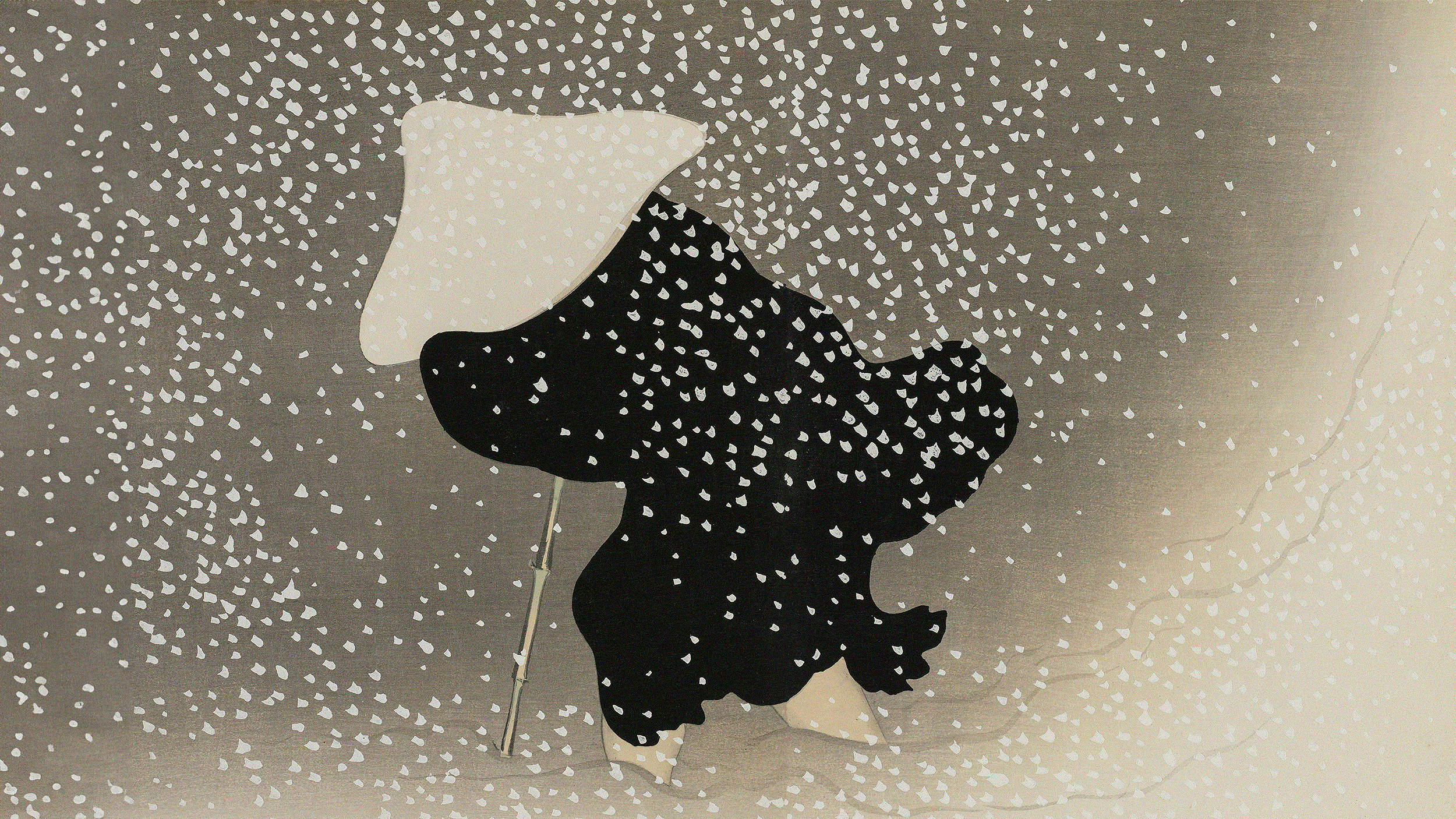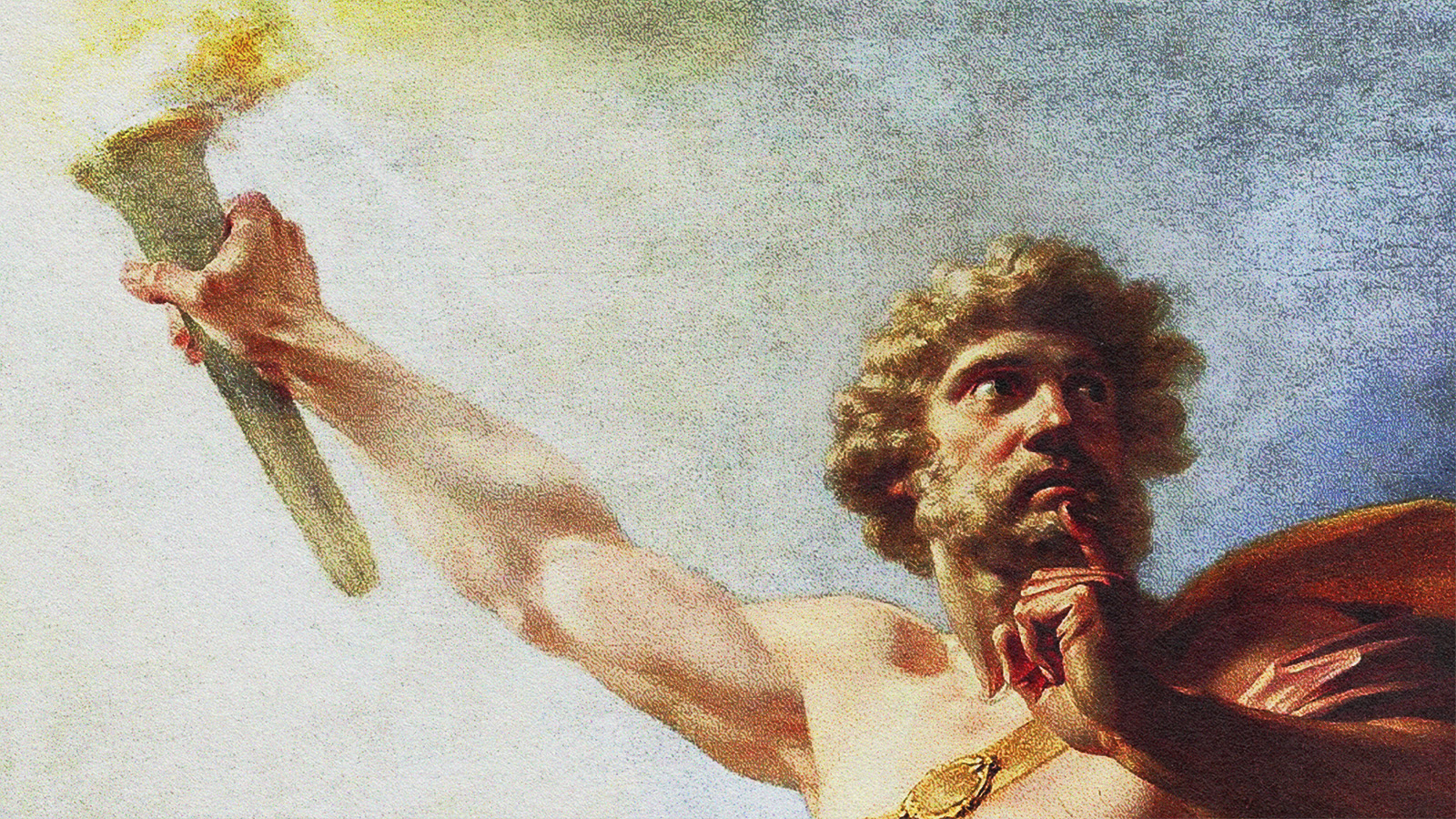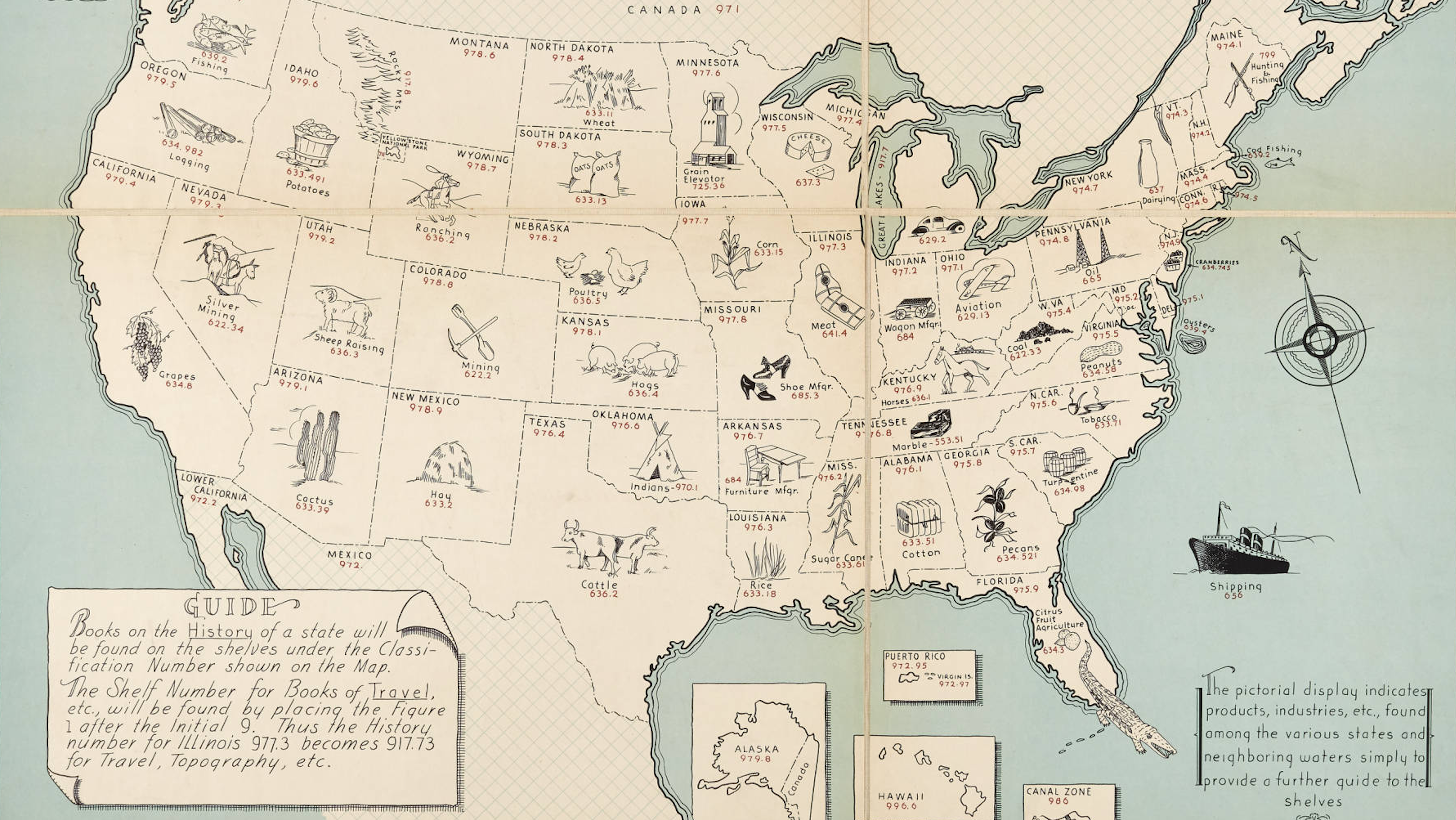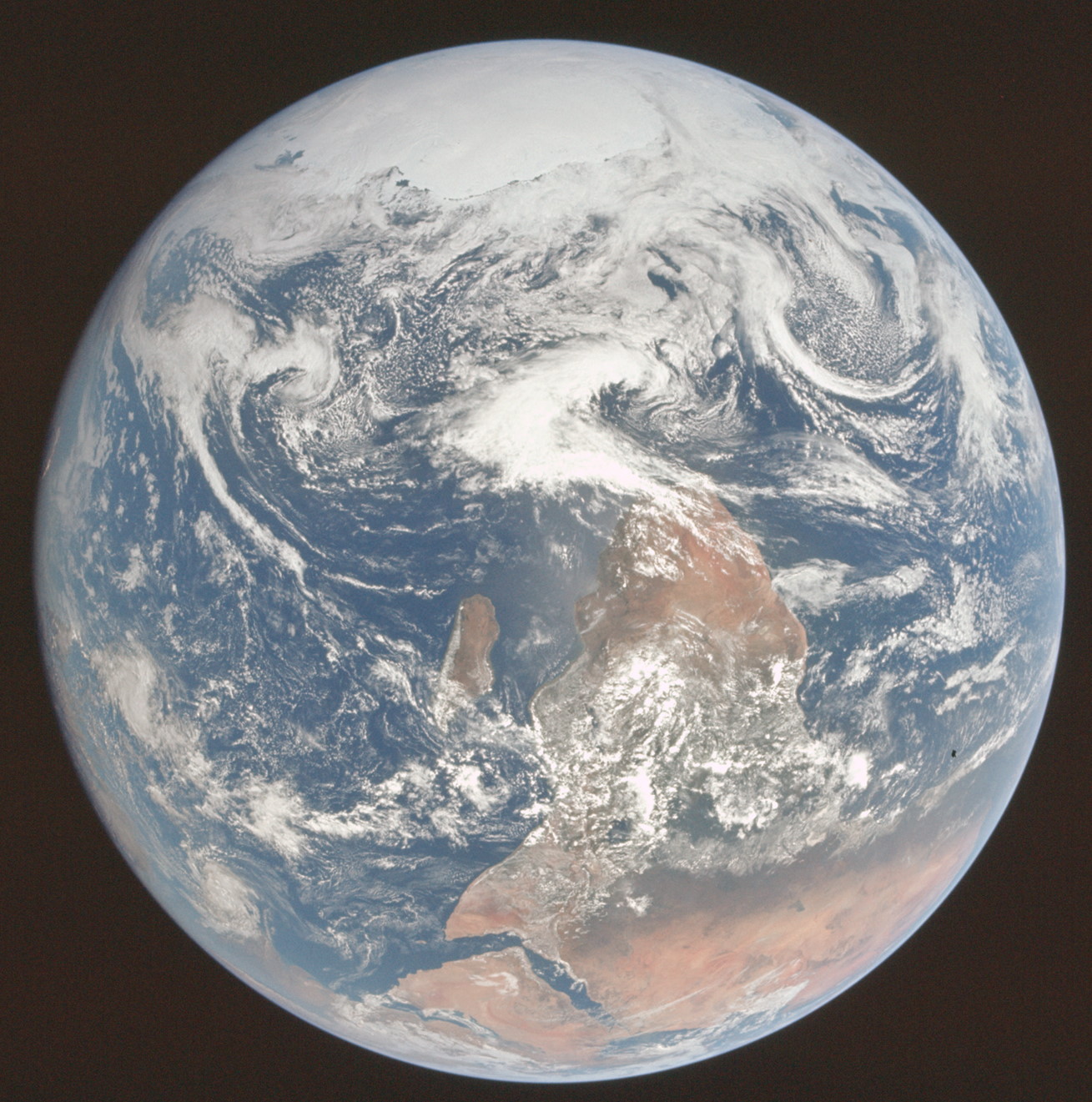Religion influences politics more now than it did 50 years ago. To help explain how we moved seemingly backward from global secularism to increased religious involvement in public policy, Professor of International Politics Monica Duffy Toft explains the threefold story of failed modernization, democratization, and globalization, and how they propelled religious figures and ideas into the political arena once again. Monica Duffy Toft’s work at the Center for Strategic Studies is made possible through funding from the Charles Koch Foundation. The Charles Koch Foundation aims to further understanding of how US foreign policy affects American people and societal well-being. Through grants, events, and collaborative partnerships, the Foundation is working to stretch the boundaries of foreign policy research and debate by discussing ideas in strategy, trade, and diplomacy that often go unheeded in the US capital. For more information, visit charleskochfoundation.org.
Monica Duffy Toft: So religion has become more influential in global politics, and it really started taking off in the 1970s, Whereas people today, if you read contemporary newspapers and magazines and journals and stuff, you would think that it all started in the post-9/11 era—that as a result of 9/11 people started noticing or thought that’s where it really took off, but it actually really started taking off in the 1970s. And there’s a threefold story to it.
The first is the failure of the postcolonial regimes in the 1960s and '70s. So you understand these are states that got independence after World War II and they were given a chance at sort of directing their states, as running their states. These were people—you could think about Gandhi and others who were educated in the West, go back to their countries and bring ideas, Western sort of ideas, out of the university systems—Cambridge, Oxford, Harvard, Tufts—and tried to implement those ideas at home, and they failed.
And so by the 1960s and the 1970s you start seeing failed and failing states emerging and populations challenging their statesmen and saying, “Why is it you’re supposed to be the one providing for the basic goods and services for my society and for me, why are you failing?”
And so they started challenging political authorities and helping them to challenge them were church leaders and religious ideas. Because many religions are based on the idea of justice and equality, and there were some things that happened: in the 1960s the Catholic Church started talking about the equality of all people; all people deserve human dignity, not just Catholics.
And so religious actors were there with some ideas and they were also not fully delegitimated in the way in which mainstream, secular political actors were, and so they helped to propel a set of ideas and a set of activities that challenged states. So it was sort of the collapse of the modernization theory, that this was all going to lead to good: the end of poverty, end of disease, end of war—it didn’t. And religious actors were there to capitalize on that, to help; they were there to help—both clergy and bishops but also laypeople who were part of different churches.
And this is across different faith traditions, it’s not just the Catholic and Christian faith tradition, but also within the Muslim community.
Shia were reinterpreting what it meant to be Shia among Muslims, that they needed to be more politically active. And this lead to reinterpretation of doctrine and it culminated in the 1979 revolution where they felt that they had the right, actually the obligation, to overthrow the Shah, who was a secular leader and bring about Sharia law within Iran. So it wasn’t just Christians.
So that was one: it was the failure of modernization, and religious actors were there to help the people who were struggling and suffering within these societies under autocratic regimes.
The second is democratization—it’s related to it—that you do see an increase in the number of countries, globally after the 1970s, that democratize. So voices and ideas, similar to the religion, were being voiced and put into power. So democratization helped propel religious ideas into the global and political arena.
And lastly is globalization. Religious actors or transnational actors—their ideas and their people, their personnel—traveled the globe. Why does the pope travel? The pope travels because his church is made up of church members; that is what constitutes the church, and he needs to go visit them.
When Khomeini was thinking about the revolution and changing the Iranian government he had digital cassette tapes that he sent from Paris—he was in exile in Paris in the '70s—and he sent them back to Tehran. And so as a transnational actor he had ideas that were flowing across this community. Similar to the Catholic Church: Pope John Paul the Second was going around Eastern Europe in the 1980s, basically wagging his finger at these regimes saying, “You need to do better by your people. You have an obligation. These people are relying on you.”
And so this globalization of ideas and movement of people really helped propel religious ideas into the global arena, and it empowered domestic-level actors to be able to challenge their states and their regimes—and they did.
Now it’s 2017 and religious actors are not going anywhere, and if anything they’re becoming stronger. We now have this fight against ISIS. You can look at votes around the world: people want religious actors to have a say in politics. They don’t want religion to necessarily be a private matter, they think that it should be and needs to be part of the public discourse. This is a change. This is a big change from where we were in the 1960s and '70s where the idea was secularism: separating religion from the public space. In the public square you were not allowed—and this was a global phenomenon.
And you can think about the Eastern Bloc: they were atheistic regimes, they cut religion out of the entire system, but then with the end of the Cold War it came back. And so orthodoxy is now married again with the Russian state. And then around of the world you’re seeing this demand to have more and more religious ideas as part of public policy.





